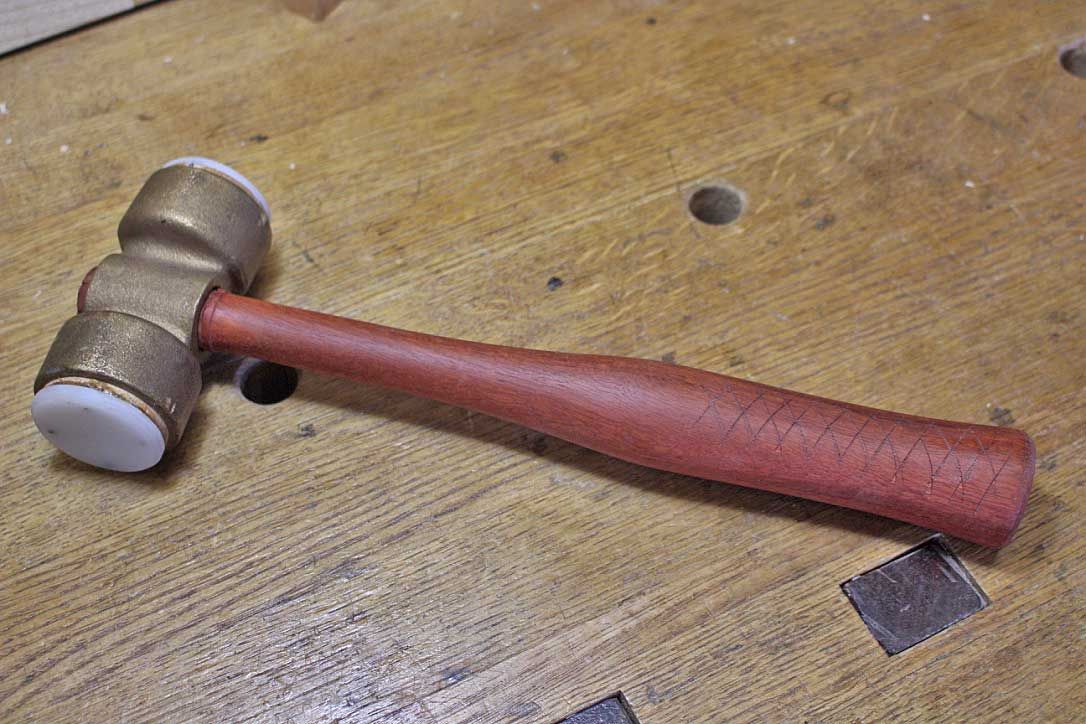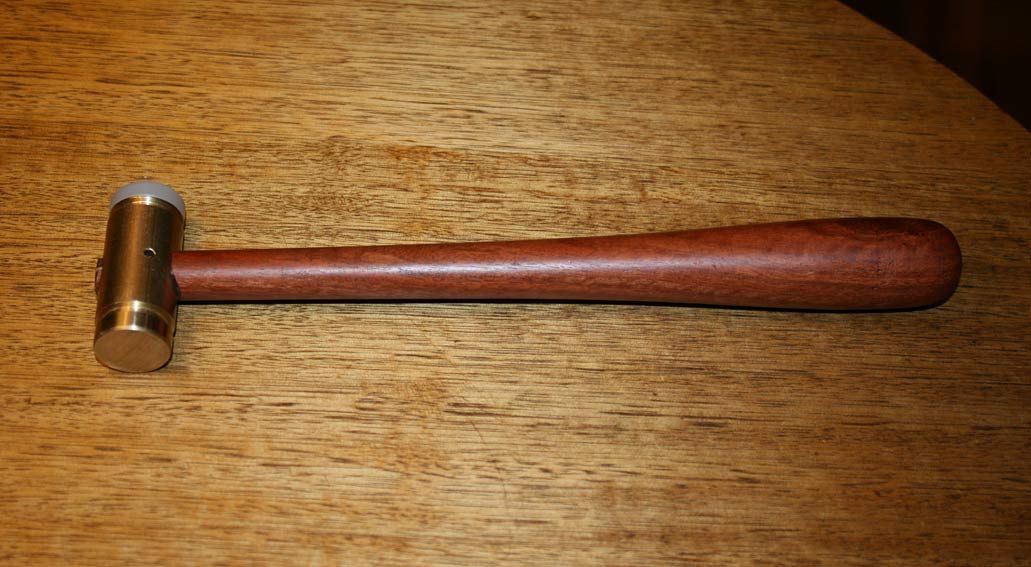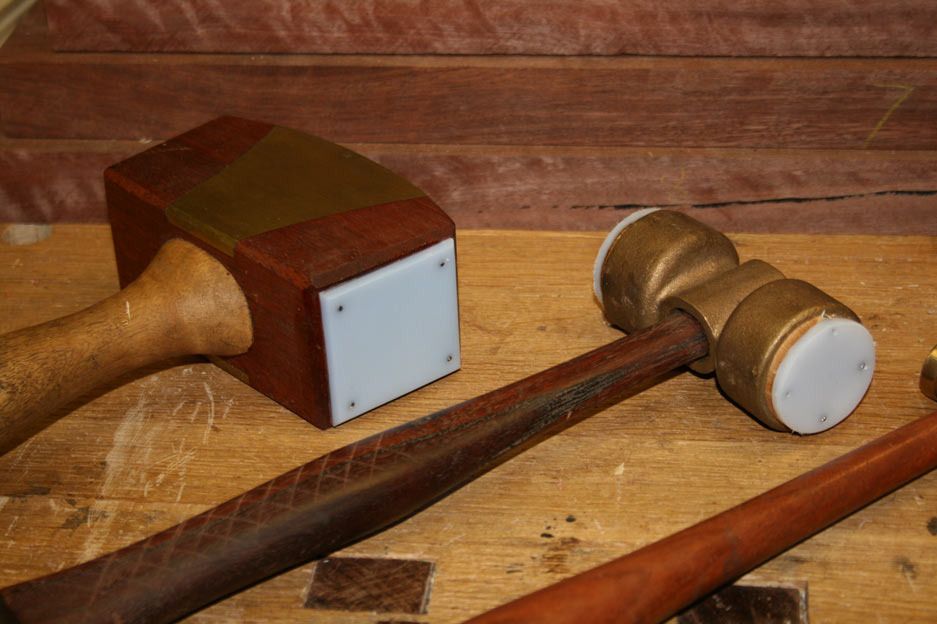I want to buy or make a wooden mallet. How heavy should it be? I am cutting out slots for bow tie after I hog them out with a router. I also occasional cut a dovetail. I see carver mallets shaped like an upside down bottle on the heavier side and hammer type 6 to 9 0z. Tired of using my claw hammer.




 Reply With Quote
Reply With Quote









